I have a tabControl in my vb.net application - that has 3 tabs. Upon a click on the first tab I'm trying to do something so that user will not be able to get out of that tab - which seems to be a lot more difficult that I anticipated. I'm simply trying to disable the TAB itself - so that they are unable to leave the current tab - the TABPAGE does not have to be disabled since they are not supposed to be able to get out of the current one...
i'm trying something along the way of....
tabControl1.tabPage(1).enabled=false
and
tabcontrol1.tabpage1.enabled=false
and even trying to hide it
tabcontrol1.tabpage(1).visible=false
And nothing seems to work.........!
i've even tried
tabPage1.hide()
But doesn't do anything
EDIT:
I found this code - will I have to do something with this in order to disable the actual TAB - Not TAB PAGE - I don't want user leaving the tab they've on when they click a specific button...
Private Sub TabControl1_DrawItem(ByVal sender As Object, ByVal e As System.Windows.Forms.DrawItemEventArgs) Handles TabControl1.DrawItem
Dim g As Graphics
Dim sText As String
Dim iX As Integer
Dim iY As Integer
Dim sizeText As SizeF
Dim ctlTab As TabControl
ctlTab = CType(sender, TabControl)
g = e.Graphics
sText = ctlTab.TabPages(e.Index).Text
sizeText = g.MeasureString(sText, ctlTab.Font)
iX = e.Bounds.Left + 6
iY = e.Bounds.Top + (e.Bounds.Height - sizeText.Height) / 2
g.DrawString(sText, ctlTab.Font, Brushes.Black, iX, iY)
End Sub
Found this here...http://www.dreamincode.net/forums/topic/125792-how-to-make-vertical-tabs/
